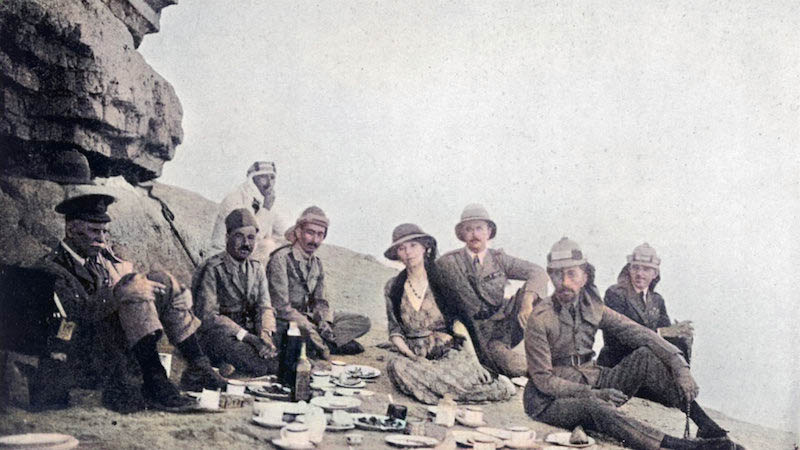The parallels between the life of Gertrude Bell, British archaeologist and writer, and the character Lady Jessica in Frank Herbert’s Dune make for an interesting study of how women can successfully carry themselves in unfamiliar territory and exert influence. Although T.E. Lawrence (1888 – 1935) is more well-known, in no small part due to the popular movie based on his time in the Middle East (Lawrence of Arabia (1962)), Gertrude Bell (1868 – 1926) was a significant Western figure in the Middle East in the 20th century and arguably more extraordinary in terms of her influence. Known as a queen or daughter of
Read more







